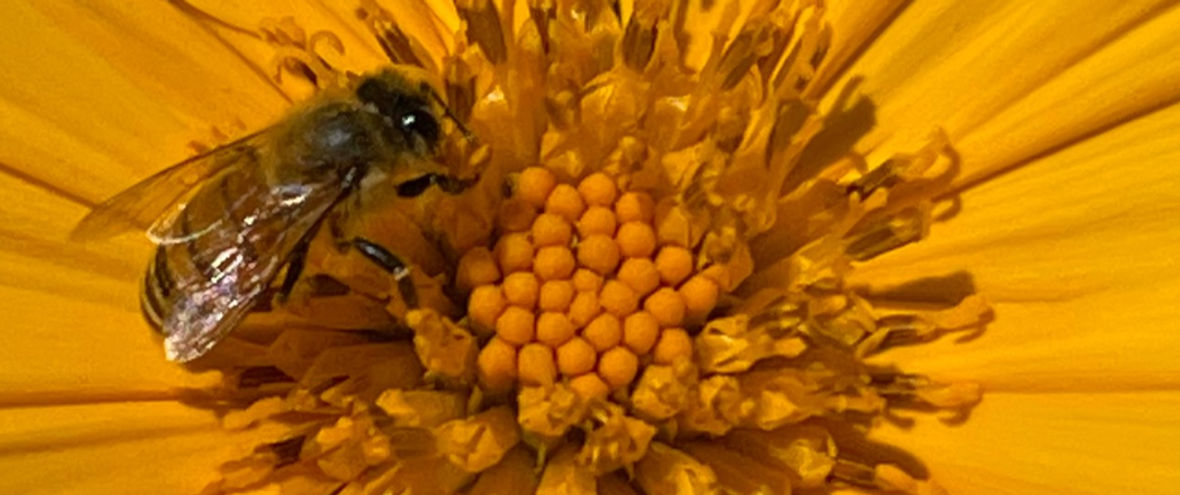Lately, I have heard stories of people tossing their jars of raw honey into the trash because it has crystalized. Yep, it became cloudy, thickened, and finally formed a gooey sugary texture in the bottom of the jar and then proceeded to multiply climbing higher up the jar. Thus, all of this visual and textural evidence leads the honey loving person to believe it has gone bad. Nothing could be farther from the truth.

The thought of a jar of honey landing in the waste bin makes me feel sad for our hardworking honeybees.
Considering, female worker honeybees are hatched and spend much of their time (up to 12 hours a day and may fly 4 to 7 miles aways from the hive), particularly spring/summer born bees, completing huge amounts effort foraging, and bringing pollen and nectar back to the hive ensuring the survival of the colony. Female honeybees usually won’t live more than 5-6 weeks. Some forager bees can even die from exhaustion. Honeybees born in the fall, depending on where they live geographically, may live up to 5 months spending most of their time in the hive taking care of the Queen instead of going out in inclement weather to gather. On average, one honeybee will produce one-twelfth of a teaspoon of honey during her life. It takes approximately 12 honeybees to make 1 teaspoon during their lifetime depending on weather, geographical location, and flower sources.
If you have high quality, raw honey in your pantry during a year, more than likely it will begin to crystalize. “Raw” is the key factor in the process. Let’s define the term “raw” as it pertains to honey and beekeeping. It means this honey came straight from the hive into a bucket and was lightly strained (sometimes not) to remove hive debris like beeswax and pollen. It is unpasteurized.
The pasteurization process requires heavy filtering and heating of the honey followed by a quick cooling down. This procedure kills enzymes, amino acids, and benefits associated with pollen as well as the overall medicinal properties in raw honey. It does stop crystallization though. This is the type of honey found on most grocery store shelves which is why you see an expiration date on the labels. Raw honey does not expire, but that is a story for another blog.
What causes crystallization?
Honey contains two sugars glucose and fructose. The glucose causes crystallization. Pollen acts as a substrate to encourage crystals to grow too. Finally, water content in honey allows for crystalizing. Certain nectars from different flowers can influence the rate of crystallization. So, crystallization is a part of the “nature of honey” and serves as a sign that it is quality and raw.
So, what should you do with honey that has crystalized?
1. Embrace it. Crystalized honey is still good just the form and texture has changed. It will melt quickly when used in warm tea or coffee.
2. Whip It. If you have enough crystalized honey you can whip it with a standing or hand mixer until it becomes creamy. It is spreadable and delicious on bagels, toast, etc.
3. Melt it. Place the jar in a warm water bath not higher than 100 Degree F. If it is hot enough (ahem like now) set it outside for an hour and solar heat it.
What not to do… toss it in the garbage. Remember, some little worker honeybee worked hard her entire life to prepare that yummy honey.


Comments